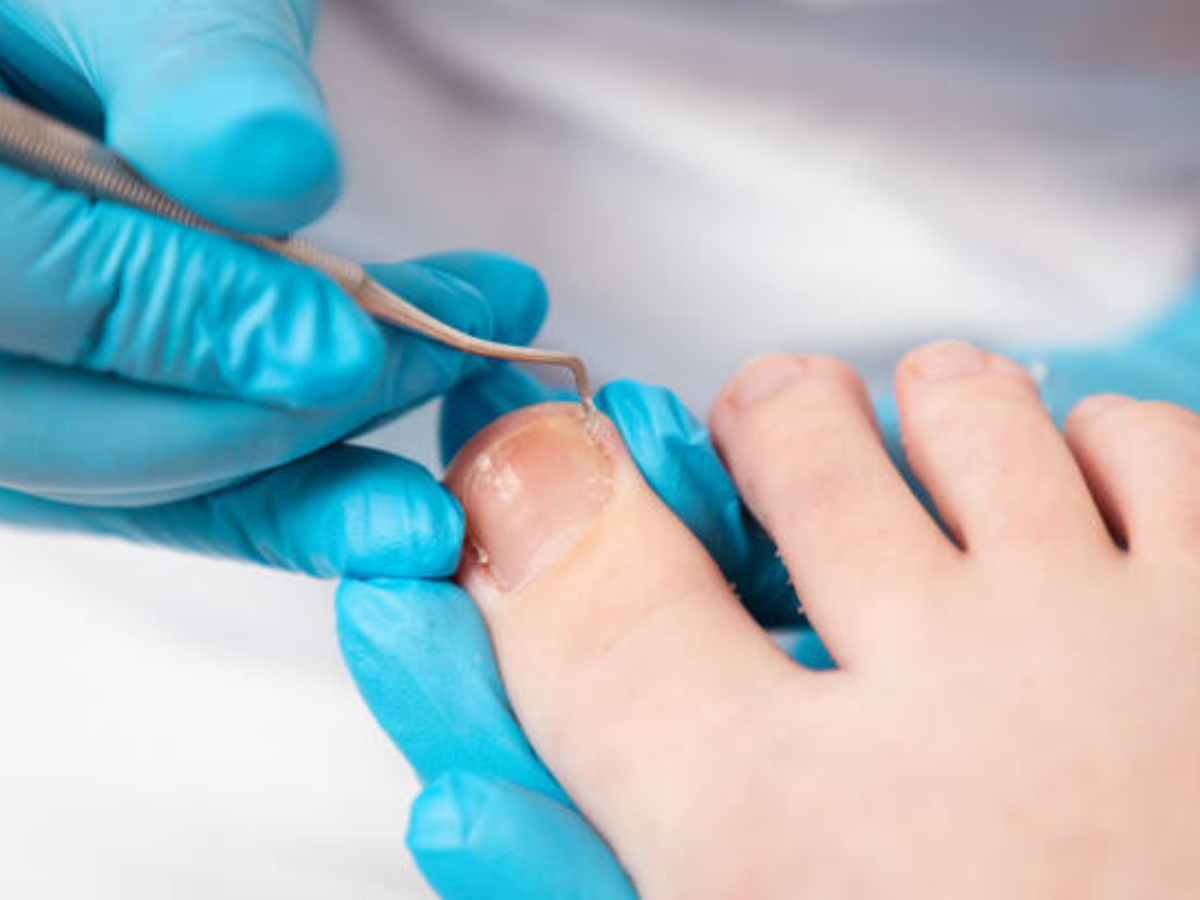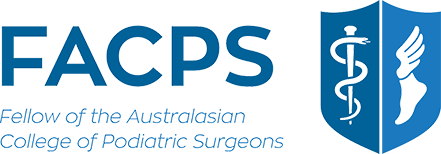Hammer Toe Correction Surgery
Hammer Toe Correction Surgery
Hammer toes, a common foot deformity where the toes bend unnaturally at the joints, causing pain and discomfort, has seen significant advancements in corrective surgeries. As a trusted provider of podiatric surgery in Australia, our surgeons remain committed to staying at the forefront of these developments to ensure optimal patient outcomes.
Understanding Hammer Toe
Hammer toes typically result from an imbalance in the muscles, tendons, or ligaments that hold the toe straight. Over time, this deformity can become rigid and painful, hindering daily activities.
Indications for Surgery
While conservative treatments like proper footwear and orthotics may alleviate mild symptoms, surgical intervention becomes essential for severe cases that impede normal function. This may include persistent pain, difficulty walking, or the development of friction lesions or open sores.
Surgery
Surgical techniques are individually tailored for each patient, with the majority of surgery being day-case surgery, that is, in and out on the same day and being able to weight bear immediately. The aim of surgery is to perform targeted correction of the hammer toe deformity while preserving function.
Patient-Centric Care
Our surgeons tailor each intervention to the unique needs of the patient. From pre-operative evaluations to post-operative care, a comprehensive approach ensures the best possible results. We prioritise patient education, fostering a deep understanding of the procedure and expectations.
Recovery and Rehabilitation
Advancements in surgical techniques contribute to quicker recovery times and improved outcomes. Following surgery, patients are guided through rehabilitation protocols to enhance strength, flexibility, and overall foot function.
If you or someone you know is struggling with hammer toe deformities, the surgeons at MJ Taranto Foot and Ankle Podiatric Surgeons are here to provide expert guidance and tailored solutions.
Contact the skilled surgeons at MJ Taranto Foot & Ankle Podiatric Surgeons today for a consultation on 9250 1676 or click the link to book online.



